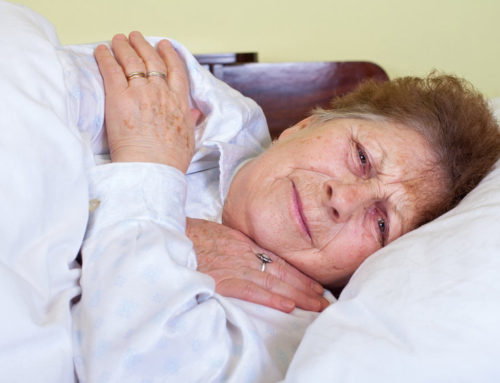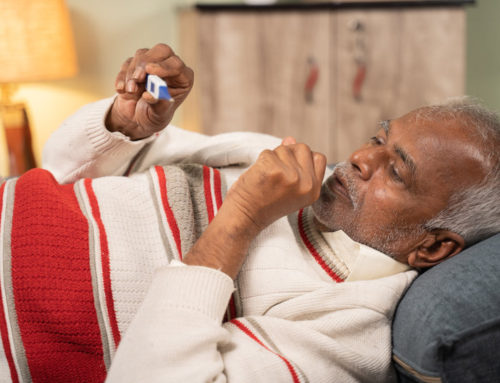Share This Story!
Tips To Protect The Hips
Hip fractures are primarily related to inadequate bone or muscle strength and impaired eyesight. Balance is critical in preventing hip fractures. Eating well, exercising, and preparing the home are ways to stay safe and prevent hip fractures.
Why is a hip fracture dangerous?
95% of all hip fractures are related to falls. Recovery from a hip fracture is difficult, especially for seniors. The older an individual is, the higher the chance of having additional ailments and conditions. Women are more likely to suffer from osteoporosis and, thus, more likely to suffer from hip fractures. Recovery time for seniors can be up to 6 months. Hip fractures can also leave a person immobile for long periods. Immobility can lead to decreased muscle mass, blood clots in the legs or lungs, urinary tract infections, and bedsores. Loss of muscle mass increases the risk of a repeat fall. Post-surgery complications and pulmonary embolisms can prove to be fatal.
Tips to prevent hip fractures
Fall prevention is key. There are several steps that can decrease the chances of a hip fracture. Reducing non-essential traveling outside the house is good, but the real work starts at home. Below are 4 tips to stay safe at home and prevent hip fractures.
Tip #1: Eat well to maintain bone strength
Calcium and protein are essential for healthy bones. Calcium helps protect bone structure and strength. 99% of the body’s calcium is stored in bones and teeth. Protein is not just for muscle mass but makes up half of all bone structure. Below the age of 50, men and women need an average of 1,000 milligrams of calcium a day. Over 50, men and women need approximately 1,200 milligrams per day. A diet high in leafy greens, nuts, or tofu should provide sufficient amounts of calcium. Vitamin D is another essential component of healthy bones. Sunlight is a natural source of vitamin D, and safe exposure for 20 minutes a day can give the body all the vitamin D needed for healthy bones. Low amounts of calcium, protein, and vitamin D can lower bone density and increase the chances of hip-related injuries.
Tip #2: Keep muscles strong
Weightbearing exercises are crucial to maintaining a healthy amount of muscle. Low-impact exercises that improve muscle strength and endurance can significantly lower the risk of falls. Walking and seated knee extensions are common exercises that can be done from the comfort of home. As muscle strength improves, balance typically improves as well. 9 out of 10 falls are attributed to poor muscle tone.
Tip #3: Maintain eye health
Eye health declines with age. Annual eye exams are essential. Making sure all glasses or contact lens prescriptions are up-to-date will help keep vision sharp. Straining to see, blurriness, and feeling dizzy are all signs that eye health is impaired. Unstable walking can also be a sign that vision needs to be checked. People with diabetes may need to have bi-annual eye exams. Certain medications can affect eyesight, so patients should be aware of side effects.
Tip #4: Prepare the home
Removing fall hazards such as throw rugs and ill-placed furniture will help decrease the chance of falling at home. Low hanging electrical cords and kids’ toys are some of the biggest culprits for unexpected floor hazards. Maintaining adequate lighting and clearly marking steps can help prevent at-home falls. Installation of extra handrails around the home may also help.
Safety starts at home
Setting up a safe home environment is key to a healthy life and preventing injury. Eating a diet rich in calcium and protein will keep the body healthy from the inside out. Staying on top of eye health and improving muscle strength is key to maintaining balance and helping the patient stay injury-free.





